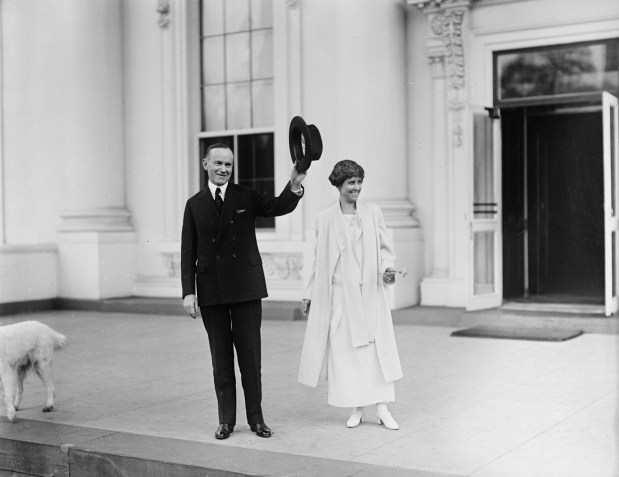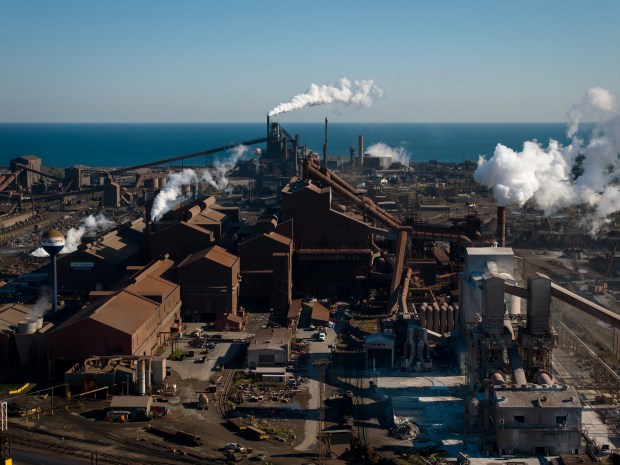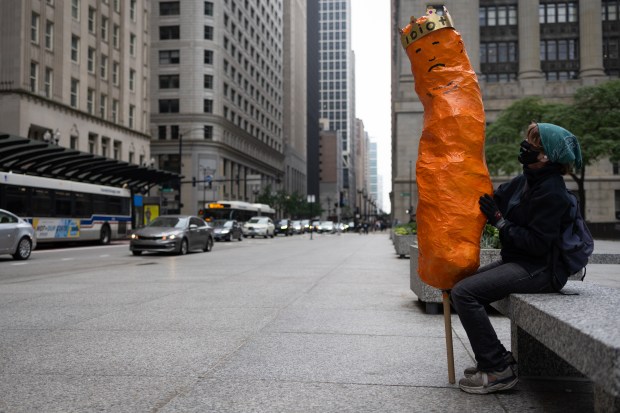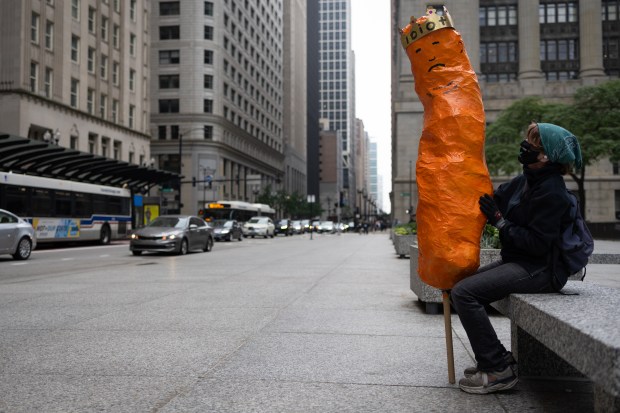Immigration, intoxication and celebrations made headlines in Chicago 100 years ago.
That’s what our friend Paul Durica, director of exhibitions for the Chicago History Museum, discovered as he continues to wade daily through page after page of the Chicago Tribune from each day in 1924. Many more can be found on his website, pocketguidetohell.com.
May 26, 1924: President Calvin Coolidge signs anti-immigration bill
The bill (known as the Johnson-Reed Act) provided for “the complete exclusion of Japanese and other immigrants ineligible to American citizenship, reduces 50 percent the influx of aliens from Europe, and makes the immigration basis after July 1, 1927, still more preponderantly Nordic,” the Tribune reported.
President Coolidge issued the following explanation: “I gladly recognize that the enactment of this provision does not imply any change in our sentiment of admiration and cordial friendship for the Japanese people, a sentiment which has had, and will continue to have, abundant manifestation.”
Japan had observed a Gentlemen’s Agreement since the early 1900s in which the country restricted immigration of its own citizens to the U.S., but relations cooled by mid-June 1924 in response to the law.
June 3, 1924: ‘Dead drunk’ Belva Gaertner faces jury
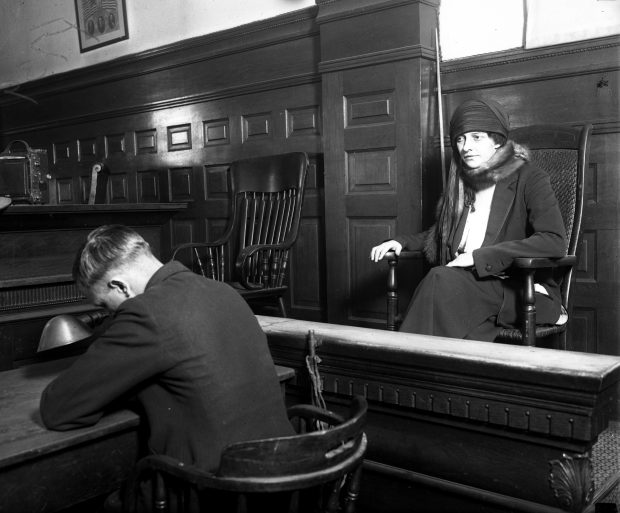
Walter Law, a young auto salesman, was found shot to death on March 12, 1924, inside Gaertner’s car, which was parked outside her residence. But Gaertner claimed she was so “dead drunk” after a night of gin and jazz at the Gingham Inn that she didn’t remember what happened.
Her case became the inspiration for Velma Kelly in “Chicago,” which was written by former Tribune reporter Maurine Watkins.
June 7, 1924: Cornerstone of Elks’ war memorial laid
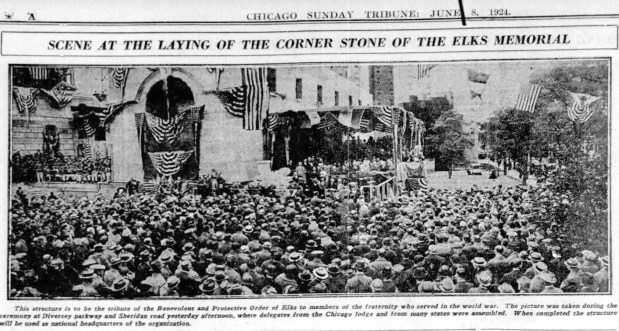
The $3 million building at the southwest corner of Lakeview Avenue and Diversey Parkway — paid for in part by the contributions of more than 1 million members in 1,483 lodges — was not yet completed when impressive ceremonies were held to dedicate it.
Its memorial honored the 7,000 Elks who served in World War I. Its circular rotunda would contain tablets in memory of those who served and the fraternal order’s executive offices would be located in the building’s wings.
June 12, 1924: GOP chooses Charles Gates Dawes for VP nominee
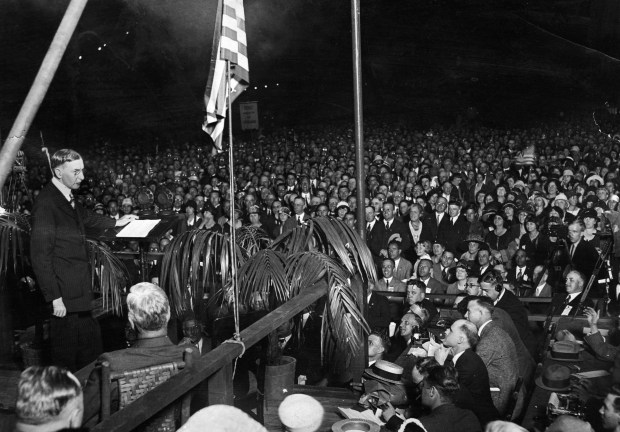
The brigadier general, Evanston resident and soon-to-be Nobel Prize winner was not the first choice to join the Republican ticket alongside Coolidge. Former Illinois Gov. Frank O. Lowden was picked by Republican National Convention candidates in Ohio, but he “reiterated assertions that he would not serve if chosen,” the Tribune reported.
Dawes accepted the nomination from his old home in Marietta, Ohio, saying, “I deeply appreciate the honor conferred on me.”
June 19, 1924: Mercury climbs to 94 degrees

It was the hottest June day in three years — and it arrived two days before the official start of summer. Thousands of people went to the lakefront to escape the heat, the Tribune reported, and swim in the 66-degree water. Two overheated men were taken to the hospital. Nineteen “heat crazed dogs” were shot by police.
Even though the heat seemed overbearing, 1924’s heat didn’t come close to the hottest days on record in Chicago history.
Want more vintage Chicago?
- Become a Tribune subscriber: It’s just $12 for a 1-year digital subscription
- Follow us on Instagram: @vintagetribune
- And, catch me Monday mornings on WLS-AM’s “The Steve Cochran Show” for a look at “This week in Chicago history”
Thanks for reading!
Join our Chicagoland history Facebook group and follow us on Instagram for more from Chicago’s past.
Have an idea for Vintage Chicago Tribune? Share it with Ron Grossman and Marianne Mather at rgrossman@chicagotribune.com and mmather@chicagotribune.com


